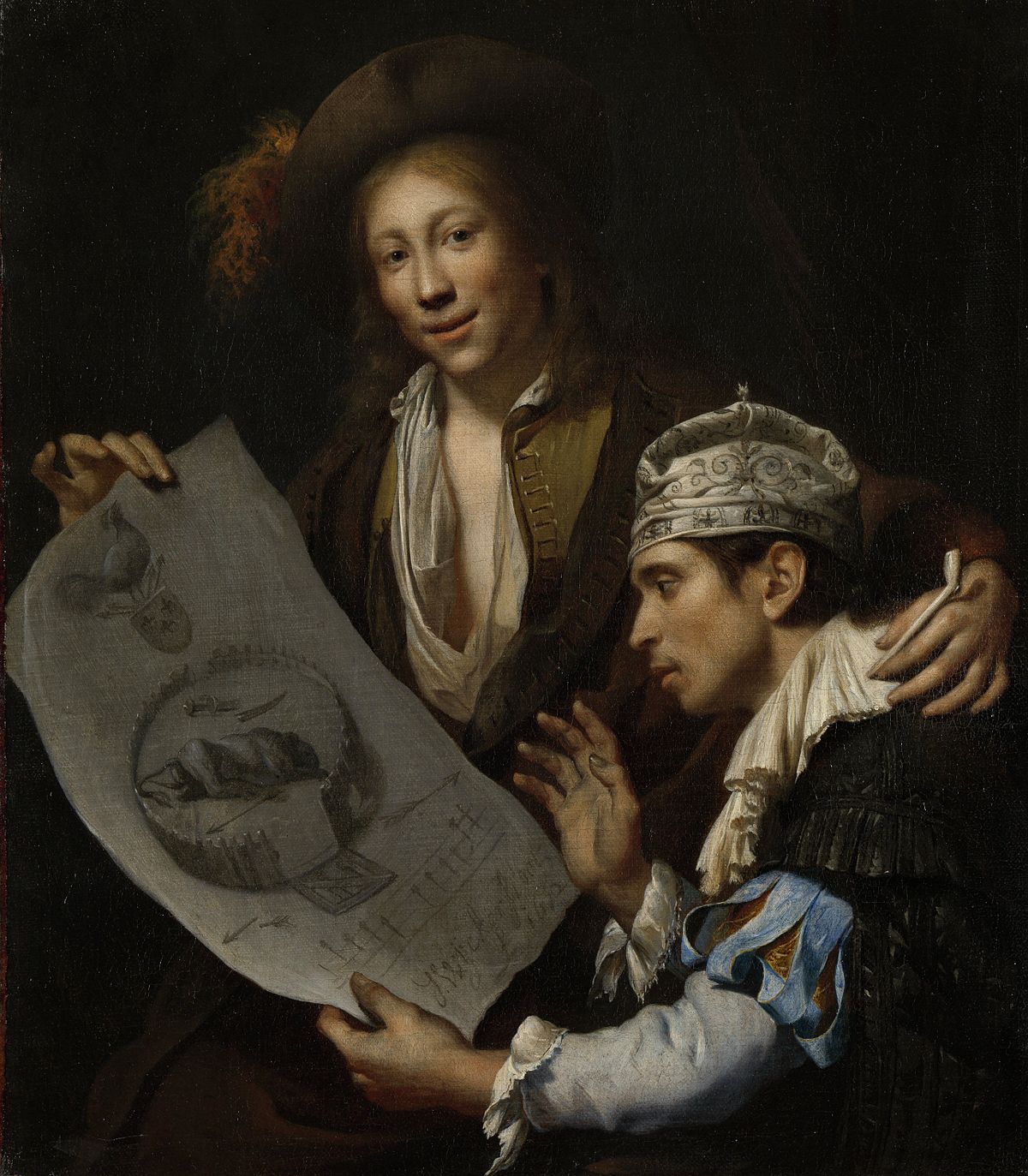
Rampjaar - Disaster Year
NetherlandsIn Dutch history, the year 1672 is referred to as the Rampjaar (Disaster Year). In May 1672, following the outbreak of the Franco-Dutch War and its peripheral conflict the Third Anglo-Dutch War, France, supported by Münster and Cologne, invaded and nearly overran the Dutch Republic. At the same time, it faced the threat of an English naval blockade in support of the French endeavor, though that attempt was abandoned following the Battle of Solebay. A Dutch saying coined that year describes the Dutch people as redeloos ("irrational"), its government as radeloos ("distraught"), and the country as reddeloos ("beyond salvation"). The cities of the coastal provinces of Holland, Zealand and Frisia underwent a political transition: the city governments were taken over by Orangists, opposed to the republican regime of the Grand Pensionary Johan de Witt, ending the First Stadtholderless Period.
By late July however, the Dutch position had stabilised, with support from Holy Roman Emperor Leopold I, Brandenburg-Prussia and Spain; this was formalised in the August 1673 Treaty of the Hague, which Denmark joined in January 1674. Following further defeats at sea at the hands of the Dutch navy, the English, whose parliament was suspicious of King Charles's motives in his alliance with France, and with Charles himself wary of French domination of the Spanish Netherlands, settled a peace with the Dutch republic in the Treaty of Westminster in 1674. With England, Cologne and Münster having made peace with the Dutch and with the war expanding into the Rhineland and Spain, French troops withdrew from the Dutch Republic, retaining only Grave and Maastricht. To offset these setbacks, Swedish forces in Swedish Pomerania attacked Brandenburg-Prussia in December 1674 after Louis threatened to withhold their subsidies; this sparked Swedish involvement in the 1675–1679 Scanian War and the Swedish-Brandenburg War whereby the Swedish army tied up the armies of Brandenburg and some minor German principalities plus the Danish Army in the north.
From 1674 to 1678, the French armies managed to advance steadily in the southern Spanish Netherlands and along the Rhine, defeating the badly coordinated forces of the Grand Alliance with regularity. Eventually the heavy financial burdens of the war, along with the imminent prospect of England's reentry into the conflict on the side of the Dutch and their allies, convinced Louis XIV of France to make peace despite his advantageous military position. The resulting Peace of Nijmegen between France and the Grand Alliance left the Dutch Republic intact and France generously aggrandized in the Spanish Netherlands.
